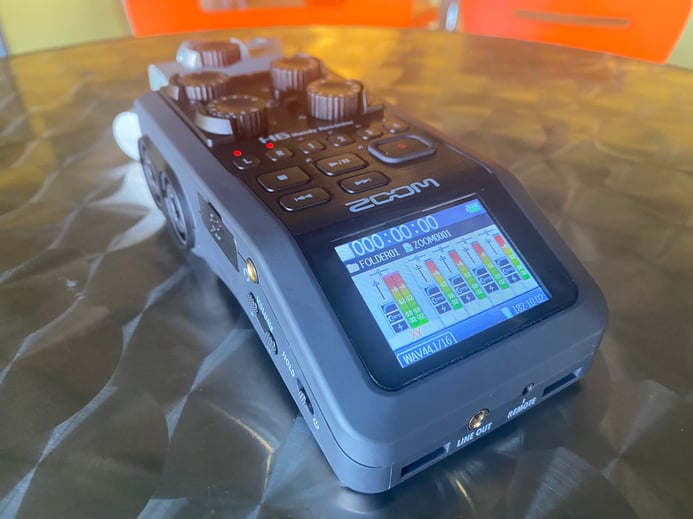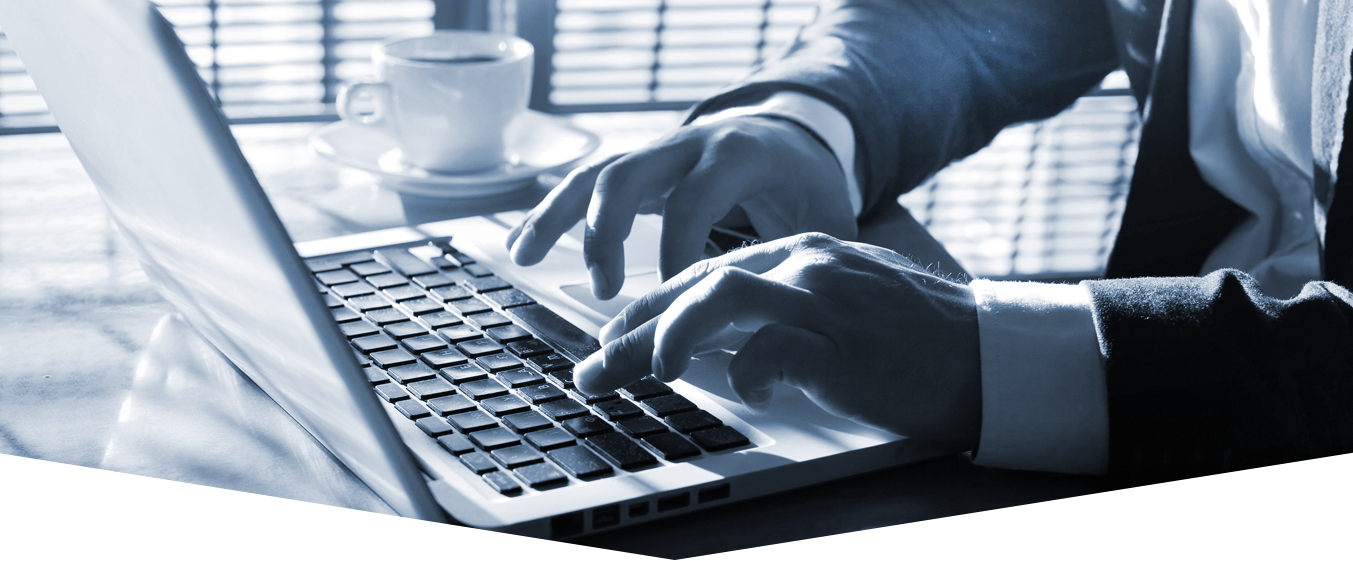I've waxed lyrical about the Dark Art of Moderating, where I've spoken about techniques I use to moderate in-person focus groups. However, I have yet to address another mysterious fixture of focus groups - the Moderator's Kit Bag.
The Bag is essential; it goes with me to every single focus group I run. I think of it as a wingman, something that is going to get me out of a qualitative jam when needed. A good Kit Bag can mean the difference between a wildly successful group and a complete failure.
Here are my top five Kit Bag items.
GoPro Cameras
These are an absolute necessity, and I use them for every single group I run. Whether I am conducting groups in a hotel or a library or a professional facility, I always make sure I have a couple of cameras, batteries, memory cards, and power cables. But why GoPros?
- GoPros are small and inconspicuous, which means respondents don't pay attention to them. It also means they are super-easy to transport and set up.
- Focus group facilities have crappy cameras. This is as equally insane as it is true, but many facilities use ancient camera tech. The videos are useless - they record in a super low resolution like 320 x 240, which means snippets of the video won't work for a professional-looking verbatim compilation or video report.
- GoPros record in fabulous high-definition. At a minimum, I'll record in 1080p, but recently I've found myself recording in 2K or 4K formats. This way, I can zoom in on respondents in post-production, which makes for a more interesting video report, while maintaining visual clarity.
- The wide-angle lens frames all respondents around the table. Back in the day, we'd have a camera mounted on a tripod. That tripod had to be placed a certain distance from the table to squeeze all respondents into the frame - which was always a problem since most focus group rooms were too small to allow us to position the camera properly. With a GoPro, I can place the camera in front of me, and record the entire session with everyone in the frame. Plus, you get a neat moderator's-eye-view of the world.
Our specific GoPro repertoire is as follows:
- GoPro Hero 7 Black: This camera is a powerhouse, and it gets used on all of our projects. Paired with a 400GB flash memory card, this bad boy will record all day in ultra-high resolution.
- GoPro Hero 7 Silver: The Silver is mostly there as a back-up, but it's also handy if we conduct two groups at once.
- GoPro Fusion: This 360-degree camera is pretty wild. When placed in the middle of the focus group table, it captures every single person at the table. The magical thing about the recording is that in post-production, you can pan around the entire table and focus on whoever is talking. Technically, you will never miss recording a specific individual since its recording everyone at all times. The downsides: the file sizes are enormous, and exporting the footage is a HUGE time-suck. I mean, a ten-minute recording takes about an hour to export. When you consider most groups are about an hour and a half long...we have to use this camera pretty surgically.
A Pro-Level Audio Recorder
The audio recorder is another absolute essential piece of kit that gets used at all of our focus groups (and other qualitative research, too). While the audio recordings provided by facilities aren't that bad, it's nice to have a high-quality recorder at your disposal. Plus, if you're not at a focus group facility, you're going to need to fork out for a recorder regardless.

We use a ZOOM H6. The dual microphones are top-notch, and the quality of the recordings is phenomenal. The mics pick up the quietest of respondents, although we'll have to apply compression and leveling back in the office using Izotope RX7 to ensure the recording is at a consistent level.
In addition to the mic pick-up and pristine recordings, the recorder has another trick up its sleeve - the ability to add another four microphones. Additional mics are useful when the table seating arrangements are a little unconventional, or if the table is large. I can plug in two flat mics and run each one to opposite ends of the table while keeping the unit (and its mics) in the center - complete audio coverage!
Look out for Part 2, where I talk about dongles, cables, and notecards, oh my.
Posted by EvolveKev

Kevin is all about research. Qualitative, quantitative, UX, you name it. When he's not researching, he's to be found laying down beats in his studio and hanging out with his dogs (and girlfriend). Woof.



